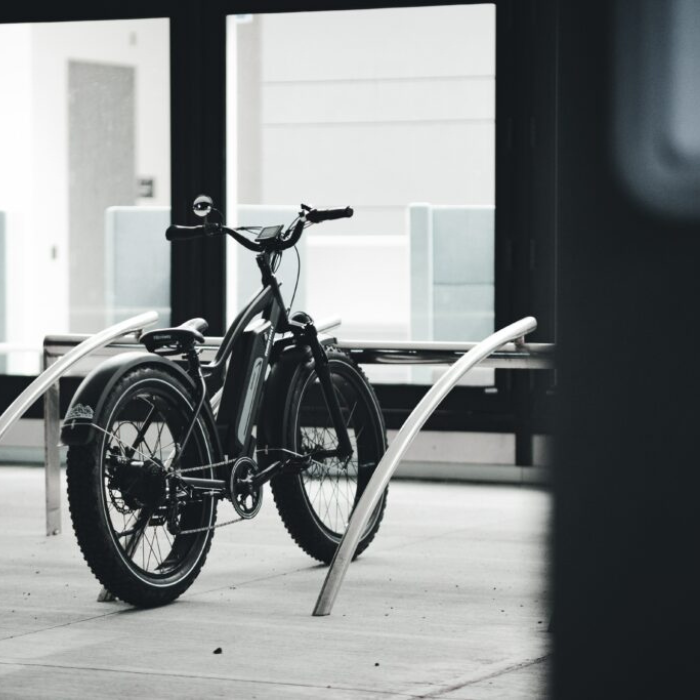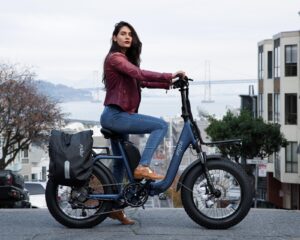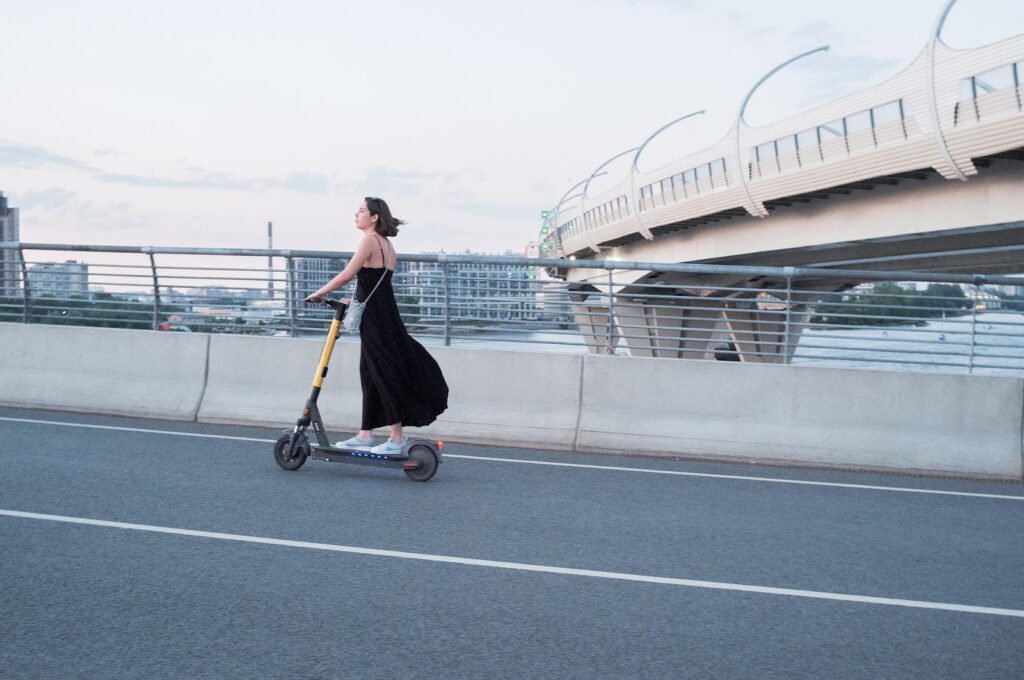
If you don’t want to drive or take public transportation, how will you travel around the city or your neighbourhood? There are transport alternatives that are cost-effective and healthy for you and the environment.
By: Kelechi Obasi
It might be challenging for many Canadians who reside in the nation’s urban centres to travel. If you reside in one of the isolated rural communities that make up the Greater Toronto Area, where there is little to no transportation access or penetration, the situation is even worse.
Many people worry about a wide range of problems, such as the frequent instances of parking lot traffic, the high expense of car upkeep, the current prohibitive gas costs, or a combination of all three. There are several alternative transport options to think about if the daily hurly-burly of going around is making you feel absolutely exhausted.
Motorcycles

The original and most widely used type of alternative transport may very well be the motorcycle. A powered bicycle (or tricycle), despite the broad range in prices and styles, is unquestionably a wise choice for many. Technically speaking, a motorbike is a two- or three-wheeled motor vehicle, however there are countless variations on this theme. The
Daimler Reitwagen, created by Gottlieb Daimler of the Daimler Chrysler company in 1885, was the world’s first motorbike.
For others, though, a motorcycle is merely a tool: they offer a certain blend of enjoyment and practicality that appeals to so many, and they are more agile, efficient, and small than a car.
Bicycles

Bicycles were without a doubt the forerunner to all powered alternatives to vehicles. A bicycle, or bike as it’s more often known, is merely a two-wheeled, pedal-powered human-powered vehicle. Similar to motorcycles, bikes are so deeply ingrained in our culture and history that we occasionally lose sight of their special utility for commuting.
Bikes are one of the few completely eco-friendly modes of transportation. People love them for their practicality, exercise, and fun they give their users. Globally, there are an estimated one billion bikes in the 21st century, making them far more common and numerous than automobiles.
You’re among the fortunate people who can use these two-wheeled wonders of human ingenuity if your commute is bikeable. There are nearly endless varieties, brands, and sizes.
E-Bikes

A contemporary creation called an e-bike combines the mobility and size of a bicycle with the comfort and increased range of a motorcycle. E-bikes are typically just bicycles with electric motors, despite the fact that no dictionary has a specific definition for the term. At first look, an e-bike may appear contradictory: a bicycle is a bicycle because it is powered by human effort, and part of its appeal is that it combines transportation with exercise for the rider. Many e-bikes, however, may combine pedal force with electric power, providing the user an additional boost of speed to travel farther and quicker.
The majority of e-bikes are pre-assembled and equipped with electric motors that can be combined with pedal force to produce more power than either source alone.
Some e-bikes are made by adding a motor after the fact to conventional bicycles.
E-bikes are a good option for commuters who want to balance efficiency, speed, and environmental friendliness, even though they’re a little less conventional.
Motorised/Electric Scooters

With globally available scooter-share programmes like Lime, motorized scooters have propelled themselves into the public sphere over the past three years. Where some applaud the scooters for their practicality and capacity to lessen traffic, others despise the eye-sore they claim they produce while strewn about the streets with irresponsible, cocky pedestrians. The popularity of scooters is undeniable, even though scooter share services may be debatable.
Segway-owned brands like Ninebot are expanding rapidly, and their record-breaking sales figures demonstrate the viability of their business model. These “micro-mobility” options belong to a new class of scooters that, unlike e-bikes and mopeds, can be folded to fit almost anyplace and are far less expensive than alternative options. Beyond that, they’re genuinely enjoyable to ride, and with the necessary training and safety gear, they’re a fantastic all-around option for people with relatively short commutes.
The Onewheel

In the world of alternative transportation, the Onewheel is a novelty, but it’s one that’s quickly catching on among early adopters. The Onewheel is a self-balancing electric personal transporter, according to its manufacturer. Some individuals only consider it to be an electronic skateboard. The majority of electric skateboards, however, have four wheels and a horizontal deck, making them more similar to traditional skateboards.
However, the single wheel of the Onewheel, which necessitates that the rider balance on the board across the wheel, gives it its name. It’s ideal for mid-distance commuters who want to spice up their trip with a bit of excitement because of its top speed of 19 mph.
It has many of the same advantages as the other choices on the list, but it also offers an advantage that is unmatched by the others: the cool factor.
Walking

Consider all the justifications you used to get in the automobile last week. If you live in an urban location, you could be shocked by how many excursions you actually made were only a short walk away.
Even if walking could take more time, don’t forget about the advantages for your health. When you take into account the potential extension of your lifespan, you may be more able to find time in your schedule for additional walks. Walking can help you stay fit, lower your blood pressure, maintain healthy cholesterol levels, and generally improve your mood, according to the Mayo Clinic.
Walking is one of the most energy-efficient activities there is.




